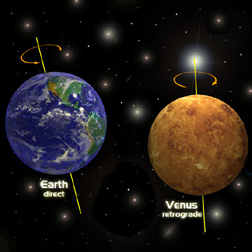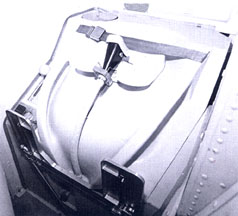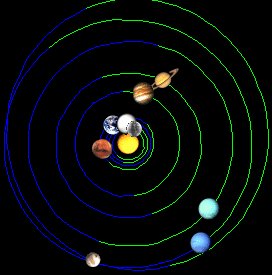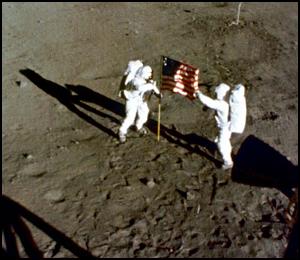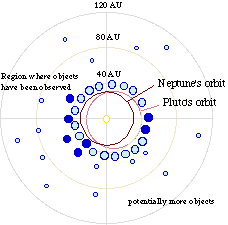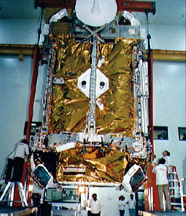How do astronomers measure the distance to stars? Is it accurate?
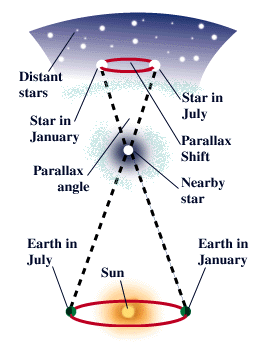
In order to calculate how far away a star is, astronomers use a method called parallax. Because of the Earth's revolution about the sun, near stars seem to shift their position against the farther stars. This is called parallax shift. By observing the distance of the shift and knowing the diameter of the Earth's orbit, astronomers are able to calculate the parallax angle across the sky.
The smaller the parallax shift, the farther away from earth the star is. This method is only accurate for stars within a few hundred light-years of Earth. When the stars are very far away, the parallax shift is too small to measure.
The method of measuring distance to stars beyond 100 light-years is to use Cepheid variable stars. These stars change in brightness over time, which allows astronomers to figure out the true brightness. Comparing the apparent brightness of the star to the true brightness allows the astronomer to calculate the distance to the star. This method was discovered by American astronomer Henrietta Leavitt in 1912 and used in the early part of the century to find distances to many globular clusters.
Submitted by Viabhav (India)
Submitted by Nasser (Oregon, USA)
Submitted by Larry (Philippines)
(Febuary 10, 1998)





